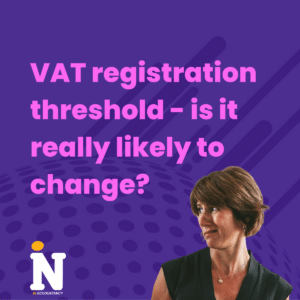UK dividends are income from UK company shares, unit trusts and open ended investment companies. Dividend income is not the same as income from interest and for taxable purposes the two are treated by HMRC separately and differently.
You have a liability to pay tax on dividend income that you personally receive. The tax rates as indicated are different to those you pay on other income such as wages, profits from self-employment, pensions and interest from savings, and bank and building society interest.
Dividends are taxable payments declared by the board of directors of companies to be paid to the shareholders out of current or retained earnings. They typically are cash payments, although at times you may get the dividend in stock or other property. They could be issued every month, every quarter, twice a year, annually, or in special circumstances at other times. Interest income for the taxpayer is a return on investing where you are effectively making a “loan”, usually to a bank or building society where you have a savings account that offers an interest rate, at which you earn the interest.
There are three different Income Tax rates on UK dividends in 2012-2013. The rate you pay depends on whether your overall taxable income after allowances, falls within or above the basic or higher rate Income Tax limits. The basic rate Income Tax limit is £34,370, and the higher rate Income Tax limit is £150,000 for the 2012-13 tax year.
The tax rate applied to dividend at or below the £34,370 basic tax rate limit is 10%. Above that tax limit and up to the higher rate limit of £150,000, the dividend tax rate is 32.5%, and beyond that limit the dividend tax rate becomes 42.5%. It doesn’t matter whether you get dividends from a company, unit trusts or open-ended investment companies, as all dividends are taxed the same way. There are four different Income Tax rates on savings income: 10 per cent, 20 per cent, 40 per cent or 50 per cent. The rate you pay depends on your overall taxable income.
Companies pay you dividends out of profits on which they have already paid, or are due to pay, tax. To avoid tax being paid twice, when you get your dividend you also get a voucher which records the dividend and also gives you an entitlement to an associated ‘tax credit’ in recognition of the tax paid by the company. This 10% tax credit is available to the shareholder to offset against any Income Tax that may be due on their ‘dividend income’. The simplest example is where the dividend is at or below the £34,370 basic income tax rate limit, because here the 10% dividend tax to be charged is exactly cancelled out by the tax credit being 10%, and hence you have no dividend tax to pay. At the higher dividend tax rates, the tax liability is only partially reduced by the 10% tax credit.






